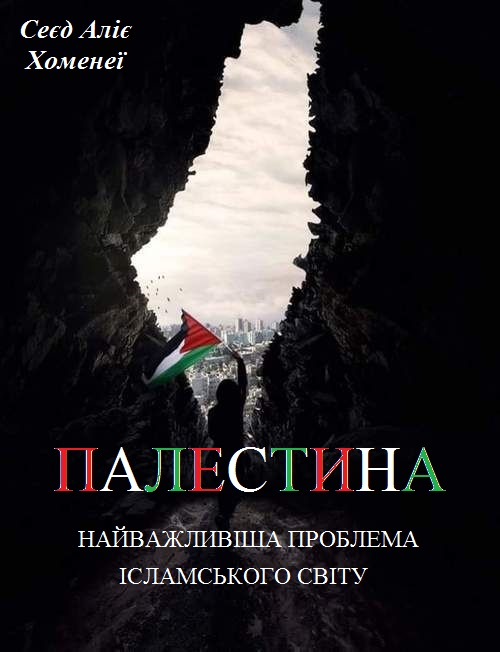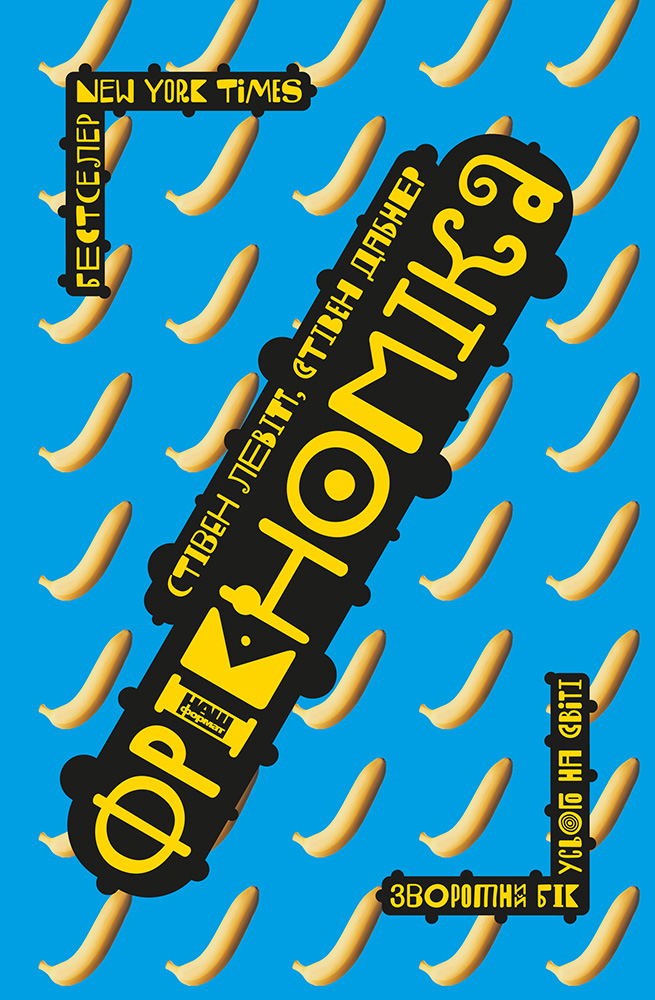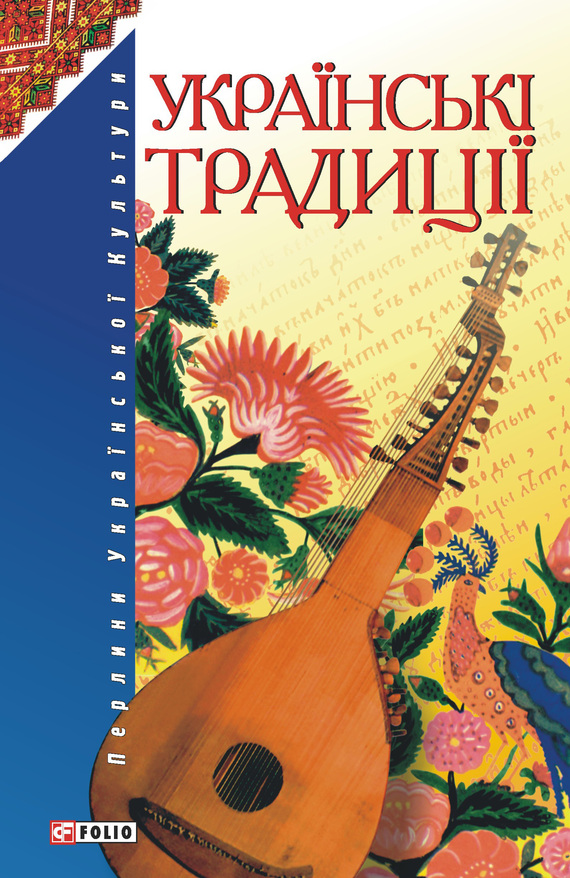Читати книгу - "Genghis Khan and the Making of the Modern World"
Шрифт:
Інтервал:
Добавити в закладку:
Inside the confines of their Forbidden City, Khubilai and his family continued to act as Mongols in dress, speech, food, sports, and entertainment. This meant that they consumed large amounts of alcohol, loudly slurped their soup, and they cut meat with knives at the table, thereby disgusting the Chinese who confined such acts to the kitchen during preparation. With the emphasis on alcohol and rituals of drinking and drunkenness, the scenes at court must have been somewhat chaotic as the free-roaming, individualistic Mongols tried to imitate the complex and highly orchestrated rituals and ceremonies of the Chinese court. In contrast to the Chinese imperial tradition of courtiers lining up according to rank, the Mongols tended to swarm chaotically, and, perhaps most disturbing to the Chinese, the Mongol women mingled freely among the men on even the most important occasions. The ceremonies in the Mongol court became so disorganized that sometimes the khan’s bodyguards had to beat back the crowds of officials and guests with batons.
Like his grandfather, Khubilai recognized the importance of laying down a clear and strong legal code as the center of civil administration. Creating and enforcing new laws was the traditional way that steppe chieftans, as well as Chinese rulers, created legitimacy in the eyes of their subjects. In devising a legal code, Khubilai did not replace Chinese law with Mongol so much as reform it to make it compatible with Genghis Khan’s law, and in such a way as to simultaneously win support from both his Mongol and Chinese followers. The law was one more weapon in his struggle for loyalty and support from his subjects, and thus, ultimately, supremacy over the rival Sung dynasty.
Khubilai Khan’s administration guaranteed landowners their property rights, reduced taxes, and improved roads and communications. To further garner public support, the Mongols lessened the harsh penal code of the Sung. The Mongols reduced by nearly half the number of capital offenses in China—from 233 to 135. Khubilai Khan rarely allowed the use of execution even for those offenses that remained. The records of executions survive for all but four of the thirty-four years of his reign. The highest number in a single year was 278 executions in 1283. The lowest was only 7 in 1263, but it is possible that the reason that four of the years are missing from the record is because there were no executions at all in those years. In total, fewer than 2,500 criminals were executed in more than three decades of Khubilai’s rule. His annual rate fell considerably short of the number of executions in modern countries such as China or the United States.
Overall, he installed a more consistent system of laws and punishments as well as one that was substantially milder and more humanitarian than the Sung’s. Where practical, he substituted fines for physical punishment, and he installed procedures to grant amnesty to criminals who repented of their wrongdoings. In a similar way, Mongol authorities sought to eradicate torture or, at least, to severely curtail its use. Mongol law specified that before torture could be applied to elicit a confession, the officials had to already have substantial evidence, not mere suspicion, that the person had committed a particular crime. The Mongol legal code of 1291 specified that officials must “first use reason to analyze and surmise, and shall not impose abruptly any torture.” By comparison, at the same time that the Mongols were moving to limit the use of torture, both church and state in Europe passed laws to expand its usage to an ever greater variety of crimes for which there need be no evidence. Unlike the variety of bloody forms of torture, such as stretching on the rack, being crushed by a great wheel, being impaled on spikes, or various forms of burning, in other countries, Mongols limited it to beating with a cane.
The mildness of Mongol law and the customs of steppe culture showed up in some odd ways. Chinese authorities frequently tattooed a criminal’s crimes on his forehead so that he was permanently marked by his crime. Because Mongols considered the forehead the abode of the soul, they maintained that even a criminal’s head could not be thus abused. The Mongol authorities allowed the tattooing to continue, where it was already in practice, but specified that the tattoos be placed on the upper arms for the first two offenses and on the neck for the third, but never on the forehead. The Mongols did not allow the punishment to be extended into new areas or to ethnic minorities who did not already have the practice. Rather than writing the crime on the body, Mongol authorities preferred to write the offense on a wall erected in front of a criminal’s home so that the entire community could watch him carefully. They also used a system of parole in which freed prisoners had to report twice a month to local officials to have their behavior reviewed. In keeping with the Mongol principle of group culpability and responsibility, the freedom of a prisoner depended, in part, on his willingness to join an auxiliary law enforcement agency in order to apply his knowledge or crime to the apprehension of other prisoners. Criminals, and often their entire families, had to sign documents acknowledging receipt of their sentence and to register their disagreement or complaint with the process. To preserve the record of the event, fingerprints were taken and attached
Увага!
Сайт зберігає кукі вашого браузера. Ви зможете в будь-який момент зробити закладку та продовжити читання книги «Genghis Khan and the Making of the Modern World», після закриття браузера.




